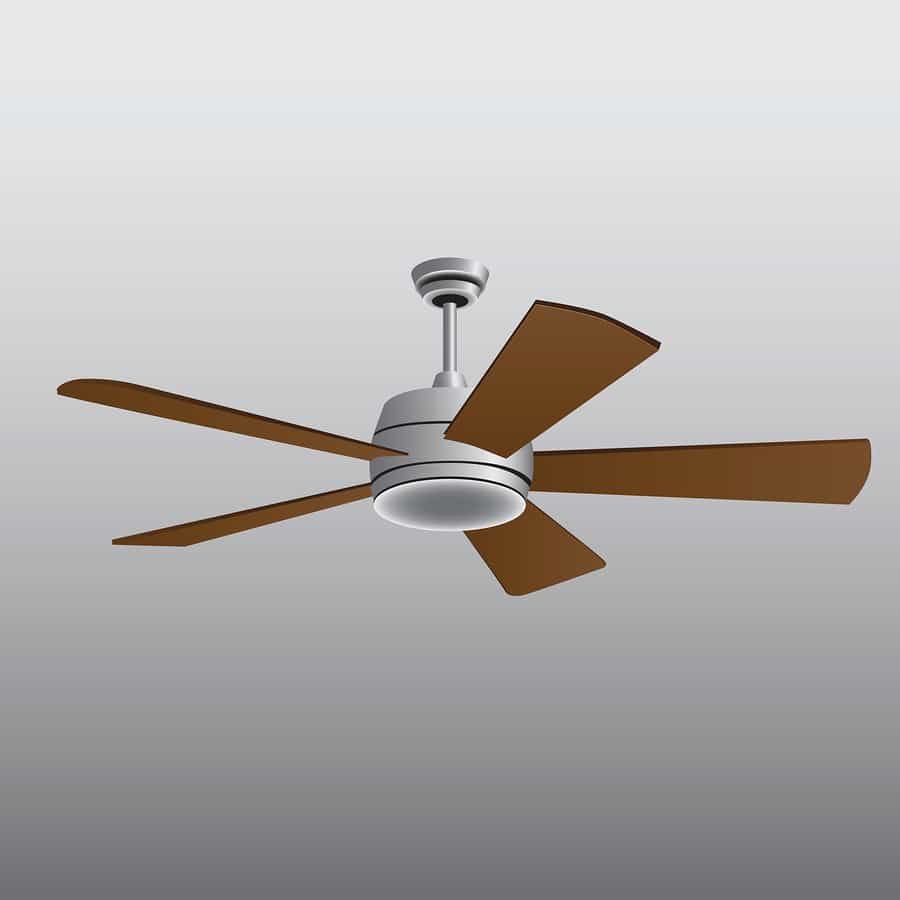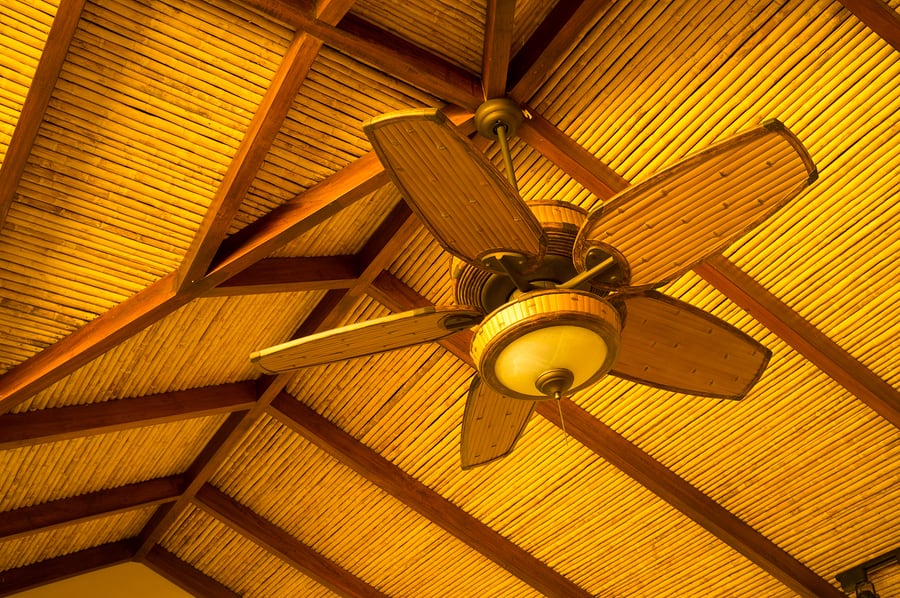How Your Ceiling Fan Transforms Your Room
Imagine sitting in a hot and humid place. With every minute, the temperature rises and another bead of sweat drips from your forehead. Wouldn’t it be nice to have cool, refreshing gusts of wind blowing at you? It is such a simple solution, and all it takes is a ceiling fan. It is amazing how such a simple and unassuming device can make such a big difference in your life.
Can you even think of spending one day in the middle of June without a fan running over your head? Luckily you don’t. Just as is the case with other appliances, certain companies truly excel at creating a product. In the ceiling fan market, many would point to Hunter ceiling fans and Hampton Bay ceiling fans as two giants of the industry. Now that we have established the importance of this basic, wind-producing machine, let us examine how the ceiling fan made its way into our lives and popular culture.
History of the fan

Thousands of years ago, primitive men and women used palm leaves as fans. They realized that waving these big leaves produced cooling breezes over their bodies. Eventually, this trend made its way into the rich Kingdoms of Assyria and Egypt. Since these people were rich and had platoons of servants, they would keep men and women beside them who waved huge leaves during heat waves to keep sweat from dripping down their faces.
In other parts of the world, other variations of this early, primitive fan were created. We are all familiar with the hand fans used in Japan still to this day. In India, large piles of peacock feathers were used, and such a fan was considered a symbol of eternal vigilance of the ruler.
As time passed and the industrial revolution began, people started to work on mechanical fans for ease of use and to limit the manual aspects of the invention. The first electric ceiling fan is attributed to Phillip Diehl in 1882. His creation was a bubble blade based rendition of the belt fans with internal electric motors. Following the introduction of this innovation, many changes occurred within the fan industry. In the next handful of decades, many modern fans were produced and successfully exhibited a wide range of internal and external improvements.
How to Pick the Right Ceiling Fan
Getting a ceiling fan sounds simple at first, but it is necessary to keep certain aspects in mind when shopping to ensure that you make the best choice and end up with the ideal fit for your rooms. Some things to be considered are:
- You must take into account the size and shape of your room. You will also need to consider the floor space and the height of your room’s ceiling in addition to the basic room dimensions. Depending on the room setup a tower fan may be an alternative option.
- Obviously, you would like to purchase a stylish fan, and in most cases, that means visiting a shop or dealer that has a large variety of fans. There are many different kinds of fans; some even have light fixture and kits for adding lights, so your hunt will most definitely take a bit off time and patience if you’re looking for the best fit on the market.
- Take your budget into account. Fans vary greatly in terms of price. The lowest-end fans can be found at a low cost, yet the nicest models available on the market could easily run you hundreds of dollars—depending on the fan you are getting. Some fans come with fancy decorations, with added bells and whistles and a variety of color combinations. Try getting a fan that suits the décor and color scheme of the room in which you’re placing it.
- If you just need air, go for the cheapest available—these will do the work for you but will generally provide less air movement.
- Fans come in various sizes too. If your room is small, opt for a fan with a small blade size. Otherwise, your room will look very congested.
- The number of blades a fan has can make a difference too. Fans with a greater number of blades will be able to give and displace more are (even at slow speeds), and make less noise in doing so.
- Installing the fan should be done by professional electricians unless you have experience with electrical appliances, and you are certain that you are capable of completing the job safely.
- The acoustics of your room should be kept in mind as well. Some fans tend to produce a lot of noise with the passage of time. Luckily, the market today caters to individuals worried about noise, and many fans on the market now are created with silence or low-humming in mind.
Outdoor ceiling fans

Ceiling fans are typically indoor fans, but specialized outdoor ceiling fans exist as well. These can be used in patios or hallways, basically anywhere outside that has a compatible ceiling. These fans, just like their indoor counterparts, come in a wide variety of styles and possess many features—proving that the difference between an indoor ceiling fan and an outdoor ceiling is more than just their names.
- What’s the difference?
Outdoor ceiling fans differ from indoor ceiling fans in that they need more durability than an indoor fan. These fans need to endure humidity, strong winds, rain, sun, and even the cold. Also, they must possess some form of rust-prevention if they hope to stand up to the elements. Perhaps their most important feature is that outdoor ceiling fans can help in getting rid of bugs and flying insects. These creatures find it far too difficult to beat the strong air created by the fan. This means that you do not have to swat bugs while enjoying your outdoor porch time.
- Array of choices
Just like indoor fans, outdoor ceiling fans have been through undergone many modifications through the years and are available today in many varieties and with features that were once nonexistent. The simplest feature present is found in the many outdoor ceiling fan models that come with lights. Some have simple lights, and some have decorative lights that can mimic the look of a chandelier. Many people install these fans in their patios as they provide both cooling and lighting—precisely what you need on a hot night. The blades of these fans can be made of metal, wood, or plastic. Basically, you can find any design you want in the market.
- Tropical Ceiling Fans

A very common type of outdoor ceiling fan, tropical ceiling fans are specifically designed for their effectiveness during outdoor usage. They have wider blades than basic fans, and those blades create larger drafts as a result. This type of fan is most commonly found on beaches, and they can take the appearance of plants and palm fronds—giving them quite a unique touch.
With so many choices available, it can be confusing as to which fan to get for your ceiling. But with careful consideration and a focused search, you can get your hands on the perfect ceiling fan for your needs. Some companies producing high-quality fans include Emerson, Casablanca, Hampton, Fanimation, and Hunter. By choosing a model from one of these well-respected brands, you can see huge savings in your electricity bills and beat the heat as well.
